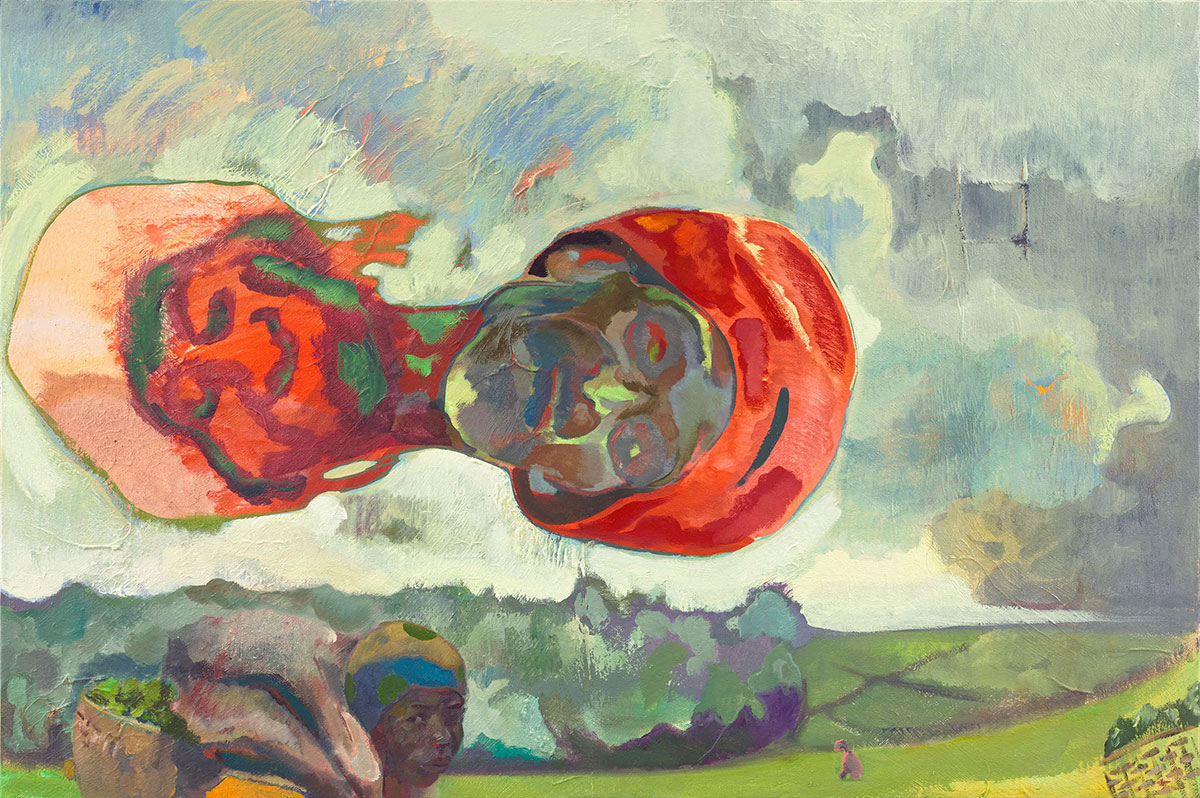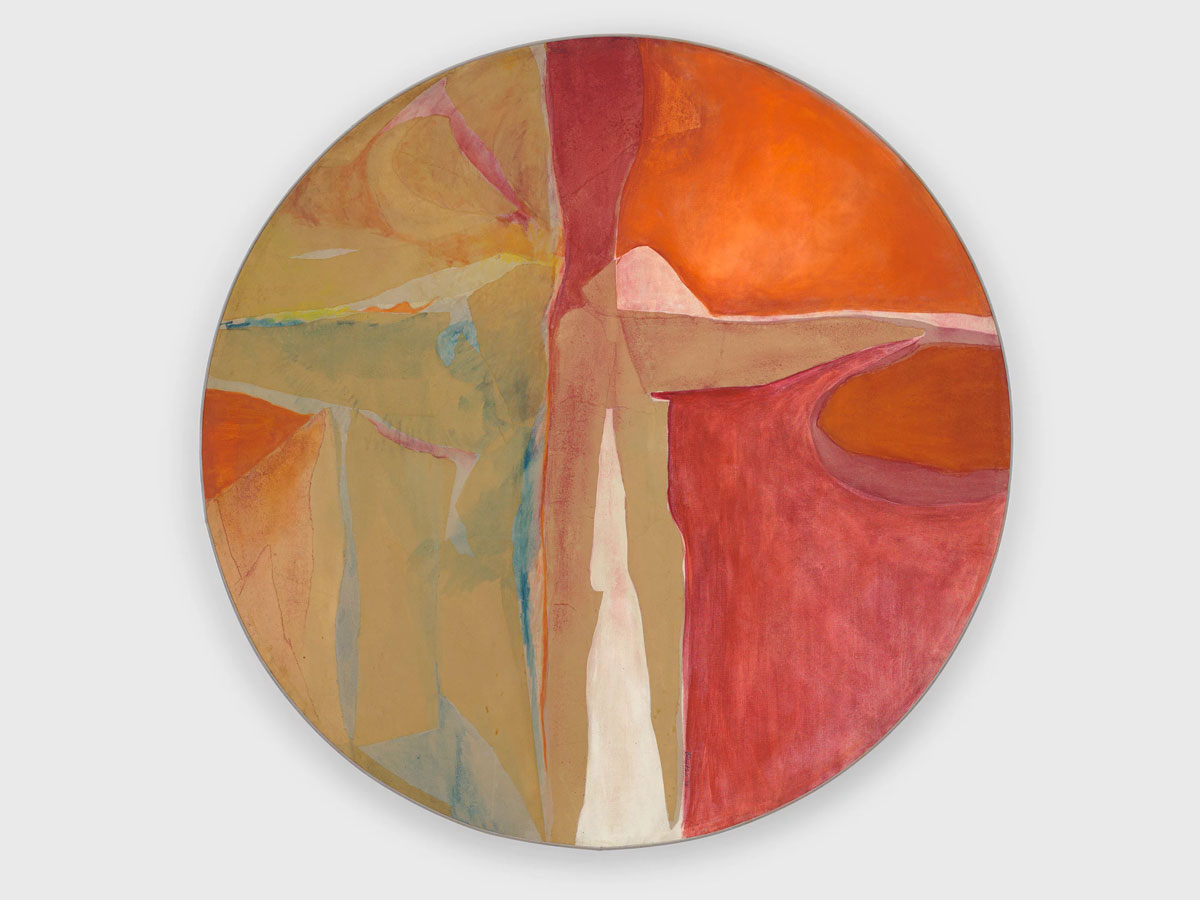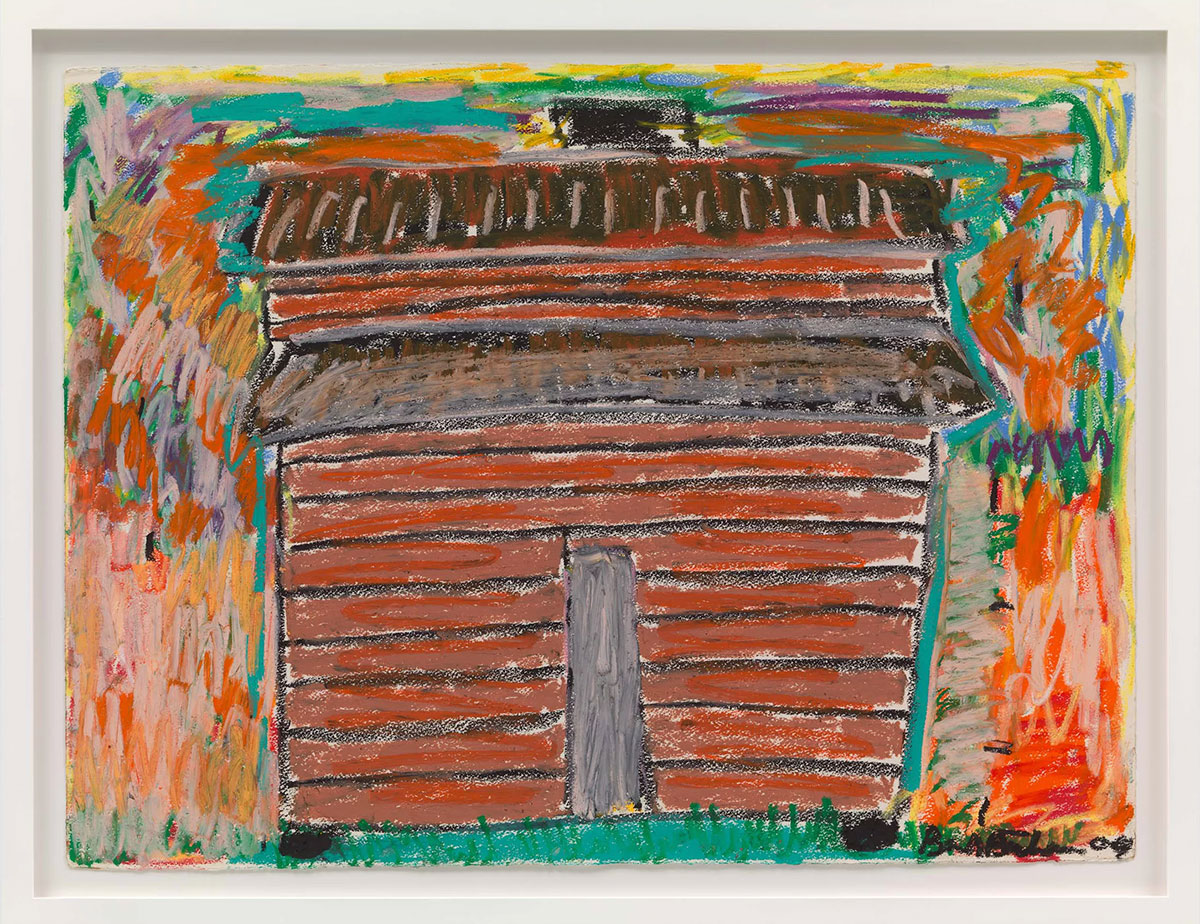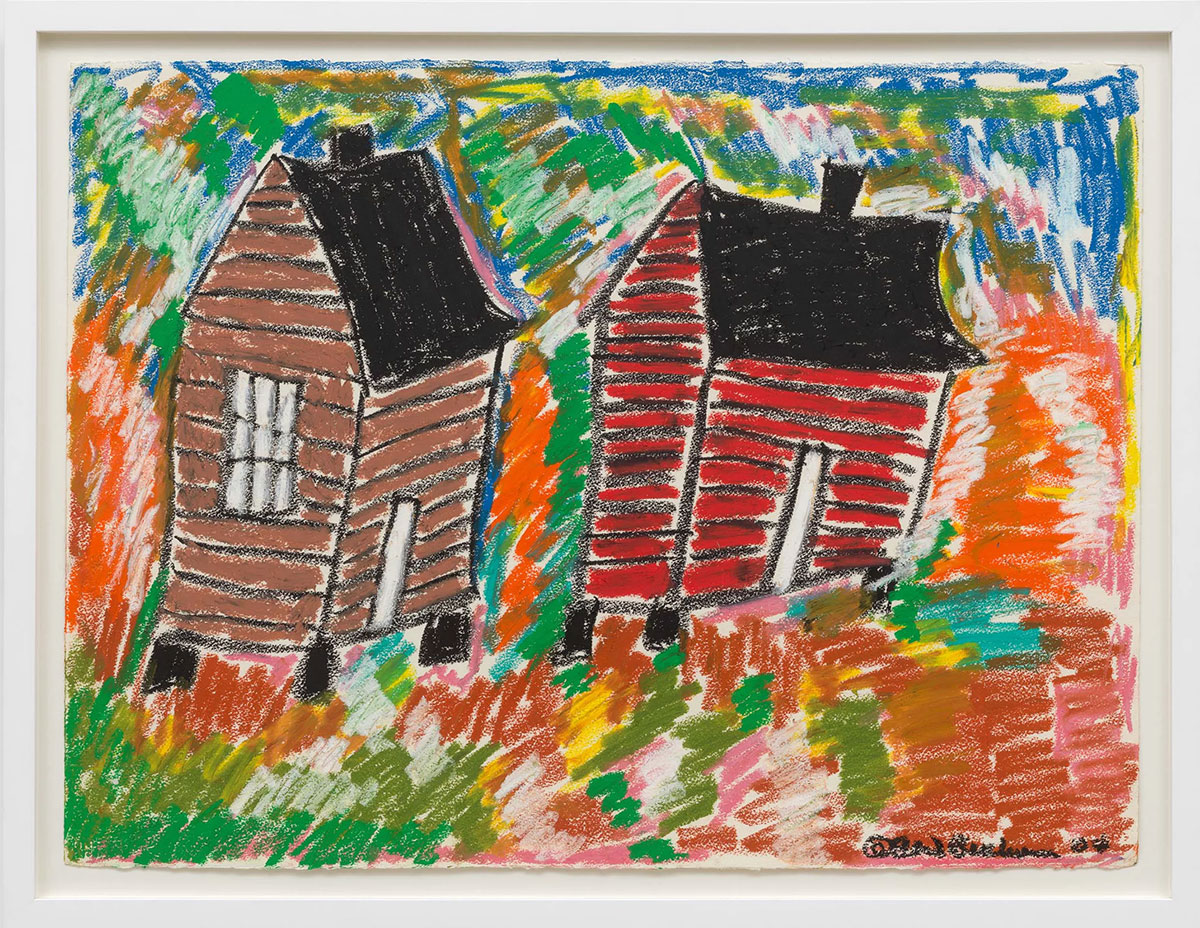PRESENTATION: So Let Us All Be Citizens Too
 Bob Thompson’s short, but dynamic, career began in the late 1950s and ended in his premature death less than a decade later. Like other artists of his generation in New York, Thompson developed a vital new figurative style in reaction to the dominance of abstract art, yet adapted its spontaneity, scale, and expressive use of color.
Bob Thompson’s short, but dynamic, career began in the late 1950s and ended in his premature death less than a decade later. Like other artists of his generation in New York, Thompson developed a vital new figurative style in reaction to the dominance of abstract art, yet adapted its spontaneity, scale, and expressive use of color.
By Efi Michalarou
Photo: David Zwirner Gallery Archive
The group exhibition “So let us all be citizens too” explores and celebrates the legacy of post-war American artist Bob Thompson and his dynamic figurative style and use of color. Bringing together contemporary international artists of several generations whose aesthetic affinities to Thompson are both discernible and surprising. Although his career only spanned a brief eight years from 1958 to his untimely death at the age of 28 in 1966, Thompson left behind a singular body of work that turned away from the then-dominant modes of abstract expressionism. In 1959, after establishing ties with artists in his hometown of Louisville, Kentucky, and Provincetown, Massachusetts, Thompson moved to New York, where he encountered such avant-garde jazz musicians as Ornette Coleman, Sonny Rollins, and Nina Simone, among others. He also participated in a few early Fluxus Happenings organized by Allan Kaprow and Red Grooms, filling out their roster of painter-performers, which also included Jasper Johns, Robert Rauschenberg and Jim Dine. Inspired by the city’s energy and culture, Thompson quickly arrived at his mature style, taking Dody Müller’s advice to heart by reworking the compositions of European Masters such as Piero della Francesca, Nicolas Poussin, Francisco de Goya and Jacopo Tintoretto into simplified, abstracted forms rendered in palettes alternately hot and violent or cool and dark. By appropriating Old Masters’ compositional structures contemporary and transforming them into contemporary allegorical nightmares, Thompson developed his own symbolic lexicon to express themes and concepts reflective of his own experience. The pantheon of figures that populated his landscapes often featured specific people, monstrous creatures, mythically oversized animals, and silhouetted men in hats—the latter of which are often a symbol of the artist’s own spiritual and physical existence. The title of the exhibition riffs on the concluding line of a speech Thompson delivered as a teenager, which anticipated the artist’s passion for the tenets of freedom and expression. His contemporaries also pursued stylistic experimentations while moving through a rapidly changing world. The enigmatic abstract tondos of American artist Betty Blayton who was an educator and a co-founder of the Studio Museum in Harlem, delicately balance spiritual concerns with both personal and collective experiences. Likewise, painter Vivian Browne, who helped establish the Black Emergency Cultural Coalition in 1969 and was a member of the feminist collective Heresies, created vivid paintings with high-contrast palettes that move fluidly from figuration to abstraction. Throughout the exhibition, works by Thompson from important private collections, including a rare self-portrait, are on view, providing a centralising framework that stresses the contemporary spirit of his works among his peers as well as subsequent generations. Naudline Pierre has directly cited Thompson as an inspiration for her works, which likewise appropriate and recast Christian iconographies from Western art history. Paintings by Marcus Jahmal who is also based in New York, emphasise intentional spiritual ties with the elder artist and in particular reference the work of Francis Bacon and Francisco de Goya, whom Thompson also emulated. Other artists on view who are situated outside of the United States bring their own allegories and stories to ambitious figurative compositions. Contributions by Chris Ofili foreground his deft merging of abstraction and figuration, employing a diverse range of aesthetic and cultural sources that include, among others, Zimbabwean cave paintings, blaxploitation films, Ovid’s Metamorphoses, and modernist painting. Michael Armitage exhibits work that gives shape to real and imagined histories of his home of East Africa, constructing deeply rooted but nuanced impressions of the myriad sociopolitical and cultural contexts that affect contemporary daily life.
Works by: Emma Amos, Michael Armitage, Betty Blayton, Vivian Browne, Beverly Buchanan, Lewis Hammond, Cynthia Hawkins, Marcus Jahmal, Danielle Mckinney, Cassi Namoda, Chris Ofili, Naudline Pierre, George Nelson Preston, Devin Troy Strother and Peter Williams
Photo: Bob Thompson, An Allegory, 1964 (detail). Oil on linen, 48 × 48 in. (121.9 × 121.9 cm). Whitney Museum of American Art, New York; gift of Thomas Bellinger 72.137, © Michael Rosenfeld Gallery LLC, New York, NY
Info: Curator: Ebony L. Haynes, David Zwirner Gallery, 24 Grafton Street, London, United Kingdom, Duration: 20/4-26/5/2023, Days & Hours: Tue-Sat 10:00-18:00, www.davidzwirner.com/
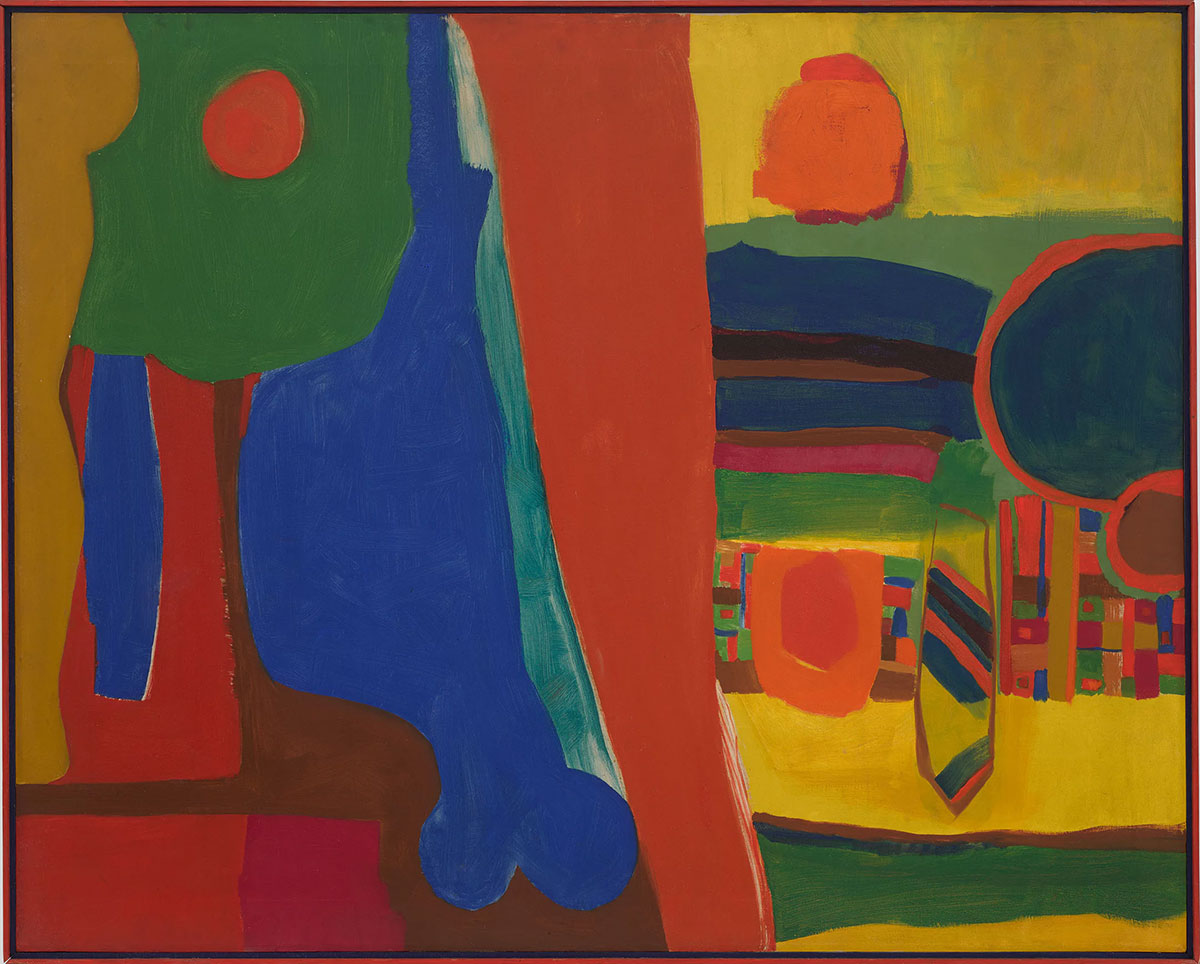
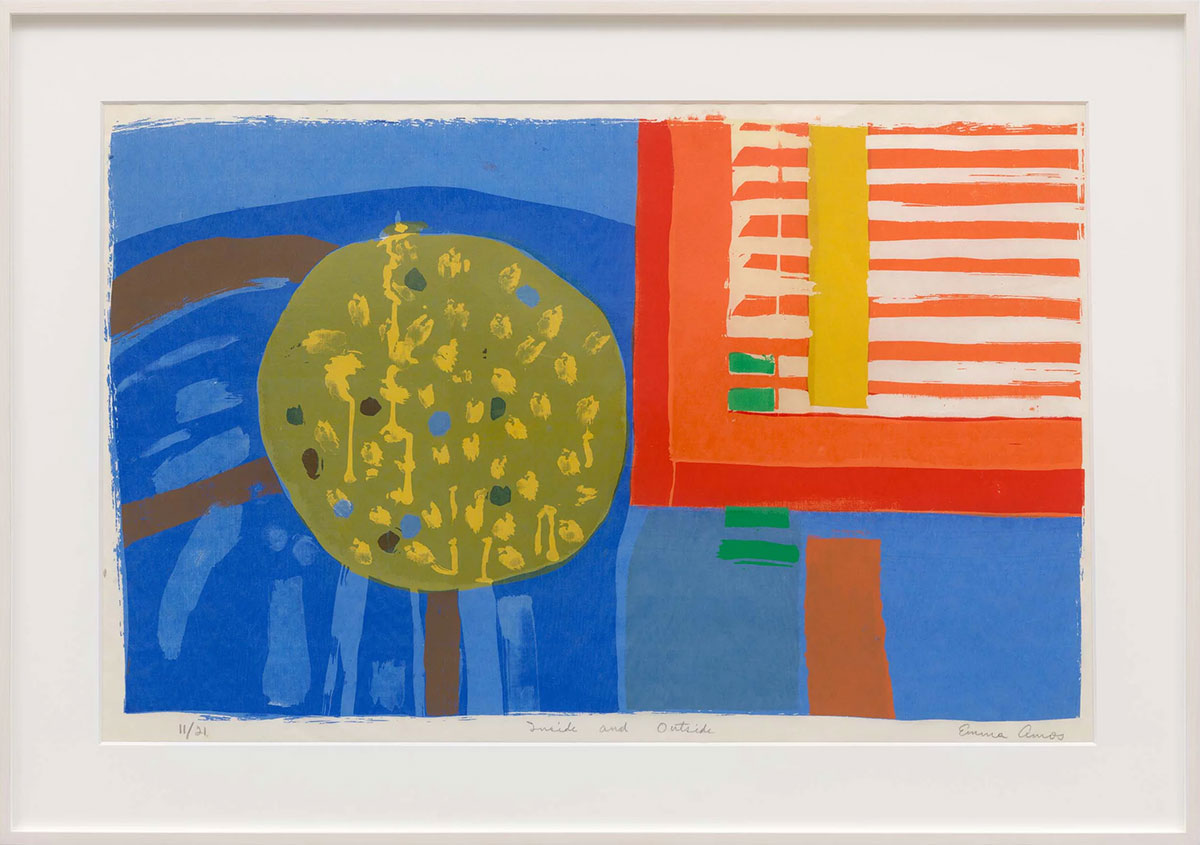
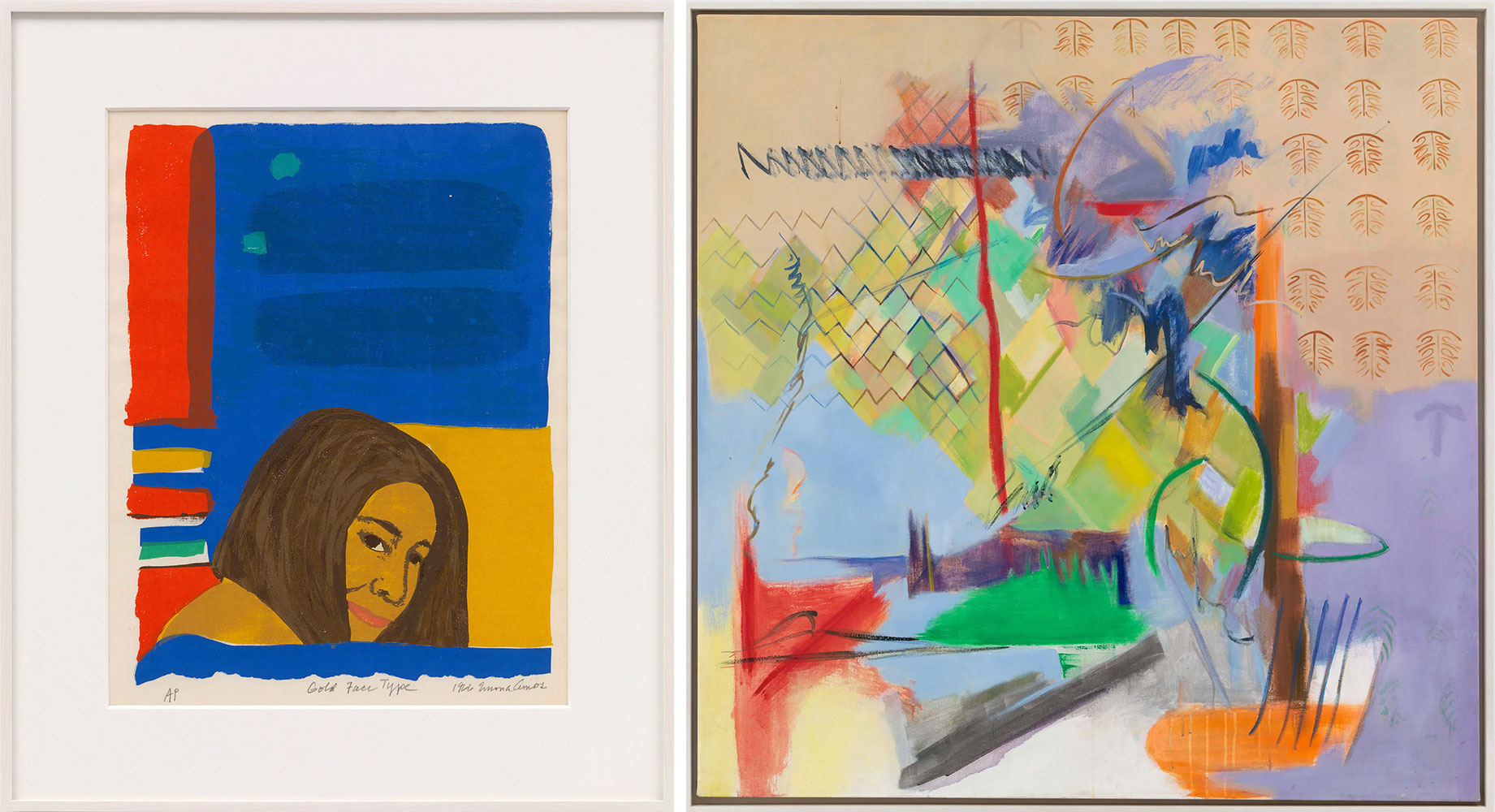
Right: Vivian Browne, Diversities, 1973, Acrylic on canvas, 54 x 54 1/8 inches (137.2 x 137.5 cm), Framed: 56 x 56 1/8 inches (142.2 x 142.6 cm), Signed, titled, dated, and inscribed verso, © Vivian Browne. Courtesy of Adobe Krow Archives, CA and RYAN LEE Gallery, NY
